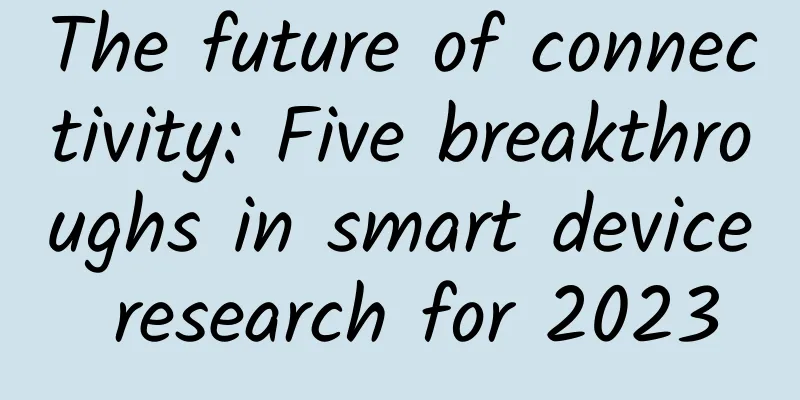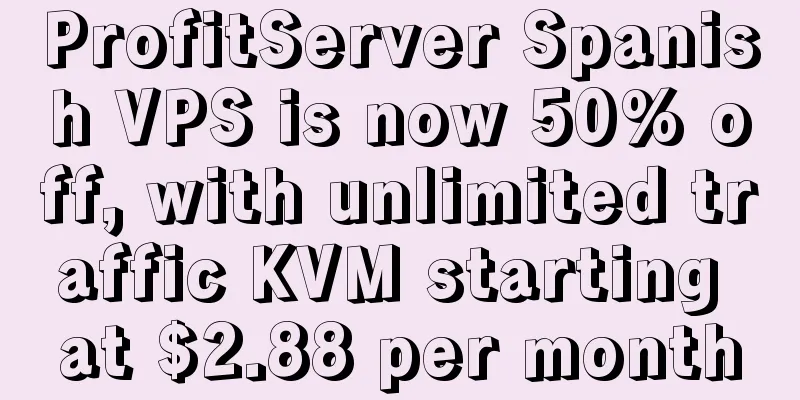The future of connectivity: Five breakthroughs in smart device research for 2023

|
The future of connectivity has never been more exciting, with 2023 marking a pivotal year for breakthroughs in smart device research. As we usher in the dawn of a new era of technology, five major developments stand out that promise to redefine our interactions with the digital world. First , advances in quantum computing are revolutionary. Quantum computers use the principles of quantum mechanics to process information, providing unprecedented computing power. In 2023, researchers made significant progress in this field, demonstrating the potential of quantum computers to solve complex problems much faster than conventional computers. This breakthrough could make computations previously thought impossible feasible, revolutionizing fields ranging from drug discovery to climate modeling. Secondly , the emergence of 6G technology will redefine the landscape of wireless communications. While 5G is still in its infancy, researchers are already laying the foundation for 6G. This next-generation wireless technology is expected to provide faster speeds, lower latency, and higher reliability than 5G. It is also designed to support a large number of connected devices, paving the way for a truly connected world. The successful deployment of 6G could usher in a new era of smart cities, self-driving cars, and immersive augmented and virtual reality experiences. Third , the rise of artificial intelligence (AI) in smart devices has changed the rules of the game. AI has the potential to make smart devices more intuitive and personalized, thus changing the way we interact with technology. In 2023, researchers made significant progress in developing AI algorithms that can learn and adapt to user habits and preferences, making smart devices more humane and efficient. Fourth , the development of flexible wearable electronics has opened up new possibilities for smart devices. Researchers have made significant progress in creating flexible, extendable, and even biodegradable electronics that can be worn on the skin or implanted in the body. These devices could revolutionize healthcare by continuously and in real time monitoring vital signs and other health indicators. Finally , there have been significant advances in energy harvesting technologies. These technologies enable smart devices to generate electricity by converting ambient energy, such as light, heat, or motion, into electricity. This breakthrough could eliminate the need for batteries in some smart devices, making them more sustainable and convenient to use. In conclusion, the future of connectivity looks promising with breakthroughs in quantum computing, 6G technology, artificial intelligence, flexible electronics, and energy harvesting that will redefine our interactions with smart devices. These advances promise to make our devices faster, smarter, more intuitive, and more sustainable, ushering in a new era of digital innovation. As we look to the future, one thing is clear: the possibilities are endless. |
<<: UK 3G networks to end in 2025
>>: 5G, 6G and immersive technologies: Unlocking a better future through hyperautomation
Recommend
US media: The US military is accelerating the launch of 5G military testing
[[376018]] On January 7, the website of the U.S. ...
Performance improvements of Http/2 compared to Http/1.1
What has changed since HTTP/1.1 was invented? HTT...
What are the differences between 802.11ax and 802.11ac Wi-Fi standards? Learn more in one article
In previous articles, we have introduced the orig...
What are LPWAN technologies?
As the Internet of Things (IoT) continues to grow...
Key Points in CCIE Exam - MPLS VPN Technology
MPLS VPN technology is a key point in the CCIE ex...
Donghua's anti-unified prescription system helps hospitals develop an "indestructible body"
Recently, a piece of news that "Apple China ...
Why is 5G considered the criterion for the Internet of Things era?
With the advent of the 4G era, the Internet indus...
Are you ready for network automation?
[[374510]] This article is reprinted from the WeC...
BuyVM: $3.5/month KVM-1GB/20GB/1Gbps unlimited traffic/Las Vegas data center
BuyVM Las Vegas has currently restocked a large n...
10 common data center operation and maintenance errors that can cause panic
Some common sense mistakes can reduce the data ce...
Programmers learn network hubs and switches
From the perspective of network implementation, n...
Microsoft announces that US operator AT&T's 5G mobile network business will be migrated to Azure cloud service
Microsoft announced today that US telecom operato...
Wi-Fi Alliance launches next-generation WPA3 security certification program
[51CTO.com original article] On June 26, the Wi-F...
New threats to blockchain platforms
According to Huobi Blockchain Research Center, pe...



![[11.11] LOCVPS top up 1000 yuan and get 100 yuan, Hong Kong VPS 30% off, 20% off for all](/upload/images/67cac03bef119.webp)





